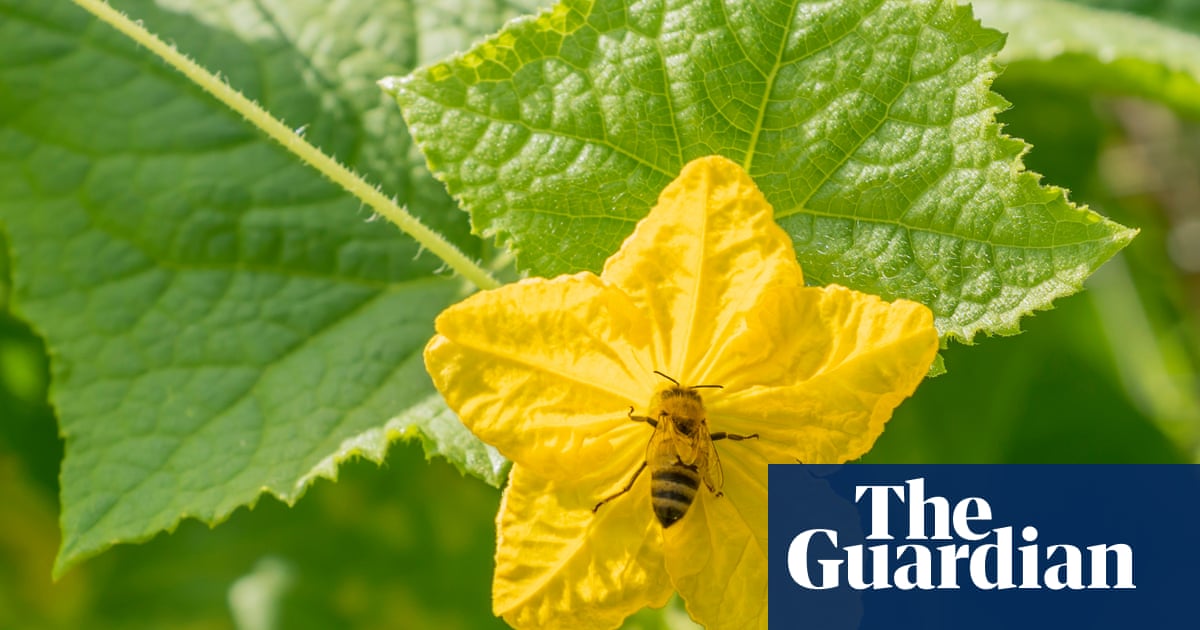If you’re growing any plants for fruit, getting your head around pollination is key to ensuring a bountiful harvest. Thankfully, the plants and the pollinators – whether that’s bees, beetles or a summer breeze – have a system for making this happen. Still, any grower should be familiar with the pollination needs of their crops in case intervention is necessary.
If GCSE biology is a distant memory, here’s a quick refresher. Pollination is the reproductive process whereby a flower’s pollen is transferred from the stamen to the stigma before travelling to the ovule, where fertilisation takes place. Seeds start to develop and, for those crops that coax a creature into dispersing their seed, a fruit will form and swell around them.
Different plants have different pollination requirements and, as such, each can be broadly categorised as either hermaphrodite (also known as perfect), monoecious or dioecious. Hermaphrodite plants contain both pollen-bearing and fruit-bearing parts within their flowers: tomatoes, apples, aubergines and beans and many more fall into this group. This doesn’t necessarily mean all perfect flower-producing plants can self-pollinate, though – and even if they do, they’re believed to bear more fruit when grown with friends.
Monoecious plants produce separate flowers that bear either pollen or fruit, so tend to need a creature to ensure pollination occurs. Edible examples include winter squash, courgettes and cucumbers. You can tell which flower is which by looking at the stem behind the bloom – the fruit bearer will boast a small, immature fruit while the pollen bearer will not.
The rarest type of plant is the dioecious kind, in which pollen is produced by an entirely separate plant to that which produces the fruit. Not many edible plants reproduce this way. The most notable is the kiwi (although there are monoecious varieties too).
Sign up toInside Saturday
The only way to get a look behind the scenes of the Saturday magazine. Sign up to get the inside story from our top writers as well as all the must-read articles and columns, delivered to your inbox every weekend.
after newsletter promotion
The majority of plants need a pollinator to do the job. Bumblebees, hoverflies, beetles, butterflies, moths and even birds can act as the intermediary between one plant’s reproductive organ and another as they forage for food. Wind is another pollinator and an important one for those who want to grow corn (or limit the spread of dandelions). Planting your corn in a block – as opposed to a row – improves your chance of having juicy cobs to harvest. Even water acts as a pollinator for certain aquatic plants.
If your immature fruit is withering, not swelling, it’s likely unsuccessful pollination is your problem. The best solution is to include pollen-rich flowers in your planting plan to attract a range of pollinators. Alternatively, you can act as the pollinator yourself and manually move the pollen from stamen to stigma with a small paintbrush or the tip of your finger.
